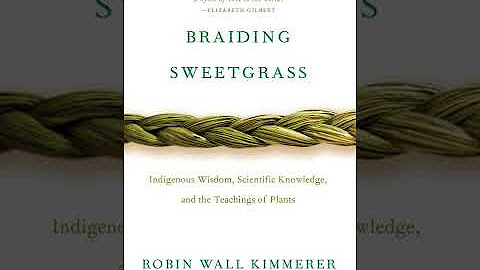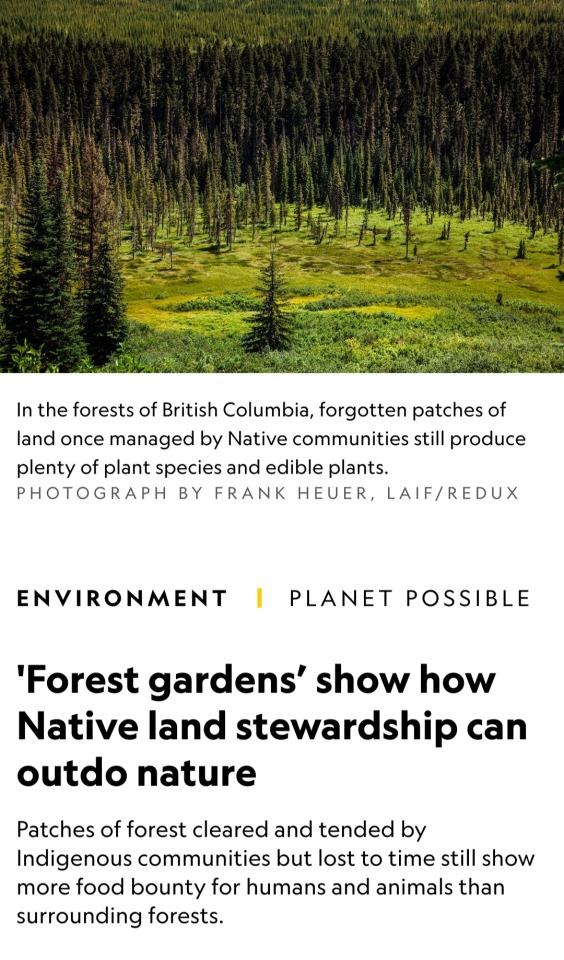Robin Wall Kimmerer - Tumblr Posts






photo courtesy - @booksmyquerencia
August 25, 2024
When they say life must go on, I wonder what kind of life they mean. It’s not life they’re living; it’s a show—a sartorial parade, a spectacle for the people, of the people, by the people. A show of money, of fleeting interests, of agendas dressed in fine fabrics. Is this what they call life, or is it just a rat parade, where we’re all racing towards an unseen never-ending finish line?
-------------------------
Between takeoff and landing, we are each suspended in animation—a pause between the chapters of our lives. When I look out at the world, it's reduced to a flat projection, where mountain ranges are merely wrinkles in the continental skin. Oblivious to our passage overhead, other stories unfold beneath us. Blackberries ripen under the August sun, a woman hesitates at her doorway with a suitcase in hand, a letter is opened, and a surprising photograph slides out, capturing a moment of pure, unfiltered truth.
But we’re moving too fast, too far away; all the stories escape us, save for our own.As I turn away from the window, those stories recede, disappearing into the two-dimensional map of green and brown below. They vanish like a trout into the shade of an overhanging bank, leaving us staring at the surface of the water, questioning if we ever saw them at all ???
Robin Wall Kimmerer, Gathering Moss: A Natural and Cultural History of Mosses
In some Native languages the term for plants translates to ‘those who take care of us.’
— Robin Wall Kimmerer, Braiding Sweetgrass: Indigenous Wisdom, Scientific Knowledge, and the Teachings of Plants (2013)
“If grief can be a doorway to love, then let us all weep for the world we are breaking apart so we can love it back to wholeness again.”
— Robin Wall Kimmerer, Braiding Sweetgrass: Indigenous Wisdom, Scientific Knowledge, and the Teachings of Plants (2013, p. 359)
Video Weekend
The Anarchist Audio Library --
Braiding Sweetgrass (Playlist):

i'm listening to gathering moss, by robin wall kimmerer, and she is talking about a very odd job she was consigned to do, where an eccentric millionaire recuited her to consult on a "habitat restoration". when she arrives, the job they actually want her to do is to tell them how to plant mosses on the rocks in his garden. he wants it to look like a specific, beautiful wild cliff in the woods nearby, with centuries-old beds of moss growing thick and strong. she tells him it is impossible. such a thing would take decades to accomplish.
later, she is called back to look at the progress of the moss garden and is amazed by the thick, well-established mosses. how did they do it? she asks.
then they take her out to the woods and show her that they have been blasting huge chunks of rock out of the cliff, packaging them in burlap, and moving them to the owner's garden.













times, places, and practices that I want to learn from to imagine a hopeful future for humanity 🍃
the three sisters (squash, beans, maize) stock photo - alamy // anecdote by Ira Byock about Margaret Mead // art by Amanda Key // always coming home by Ursula K. Le Guin // Yup'ik basket weaver Lucille Westlock photographed by John Rowley // the left hand of darkness by Ursula K. Le Guin // photo by Jacob Klassen // the carrier bag theory of fiction by Ursula K. Le Guin // article in national geographic // the dawn of everything by David Graeber and David Wengrow // braiding sweetgrass by Robin Wall Kimmerer // the birchbark house by Louise Erdrich // photo by John Noltner
I'm looking for more content and book recs in this vein, so please send them my way!
Y'all I just finished reading Braiding Sweetgrass and ITS SO GOOD???!! Like I cannot recommend it enough to anyone if anyone hasn't read it PLEASE DO it's an amazing book. Like I just stayed up until 12:14 am just finishing off it but IT WAS SO WORTH IT.
i'm listening to gathering moss, by robin wall kimmerer, and she is talking about a very odd job she was consigned to do, where an eccentric millionaire recuited her to consult on a "habitat restoration". when she arrives, the job they actually want her to do is to tell them how to plant mosses on the rocks in his garden. he wants it to look like a specific, beautiful wild cliff in the woods nearby, with centuries-old beds of moss growing thick and strong. she tells him it is impossible. such a thing would take decades to accomplish.
later, she is called back to look at the progress of the moss garden and is amazed by the thick, well-established mosses. how did they do it? she asks.
then they take her out to the woods and show her that they have been blasting huge chunks of rock out of the cliff, packaging them in burlap, and moving them to the owner's garden.